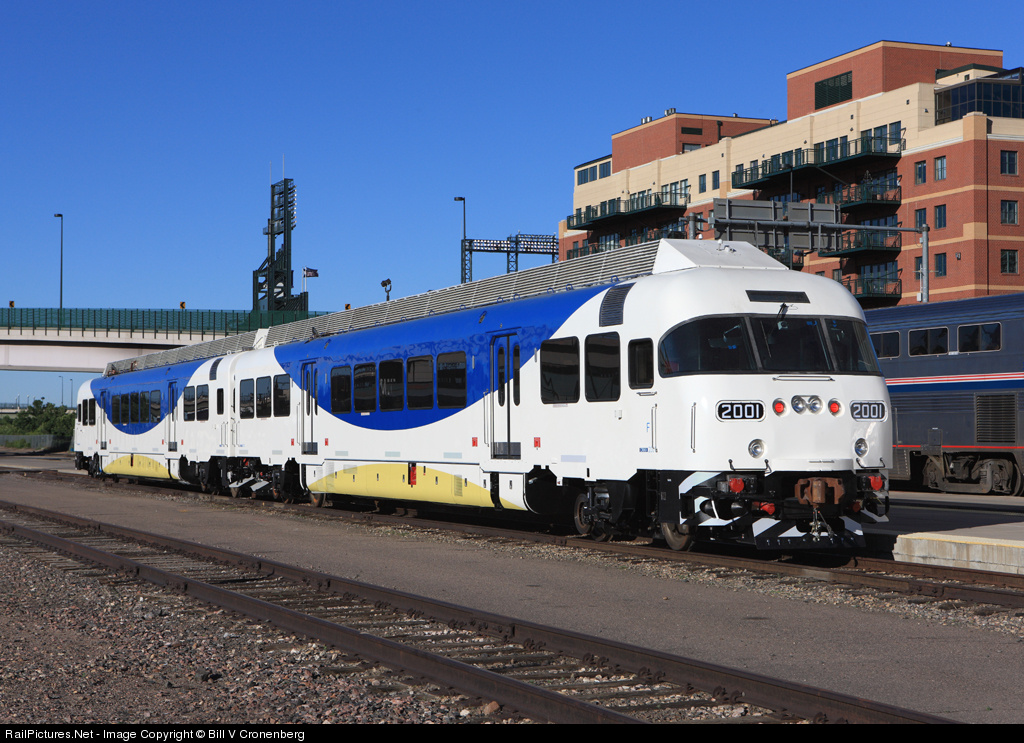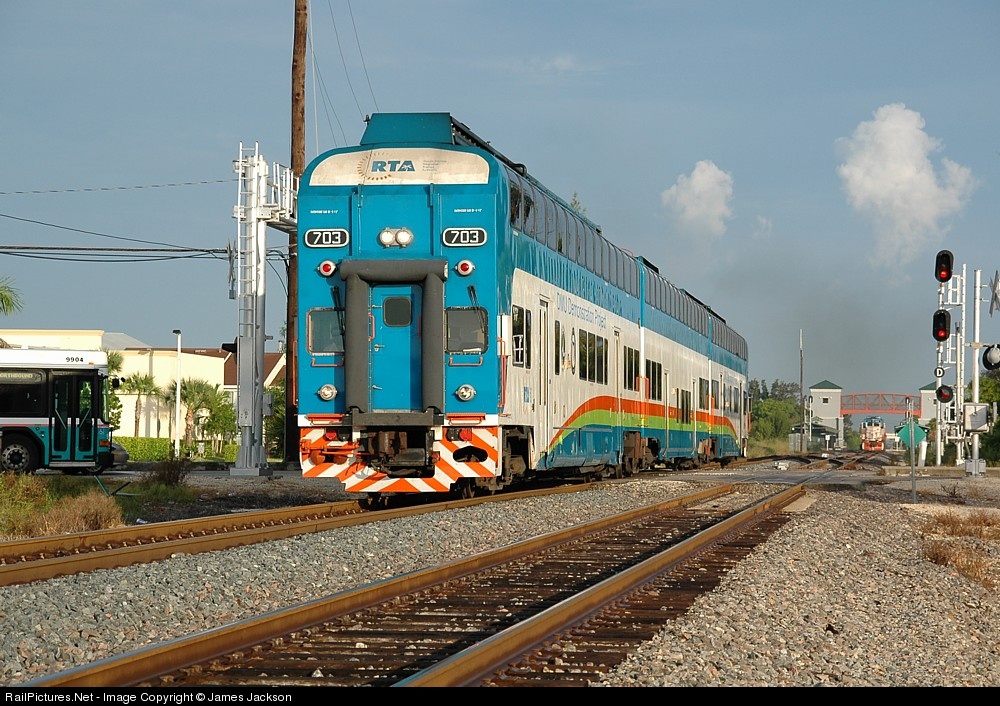golodhendil
Active Member
^ doady and justin are correct. None of the DMUs currently in use in the US are FRA-compliant. Sprinter and RiverLINE were considered "light rail" by FRA and operates on a time-share waiver (freight and passenger services will not run during the same block of time), while Austin's was considered "commuter rail" and had to go through a long, tedious process, with many delays, changes to the system, lower operating speed etc, to get a waiver. Both Austin and RiverLINE have street-running sections.






